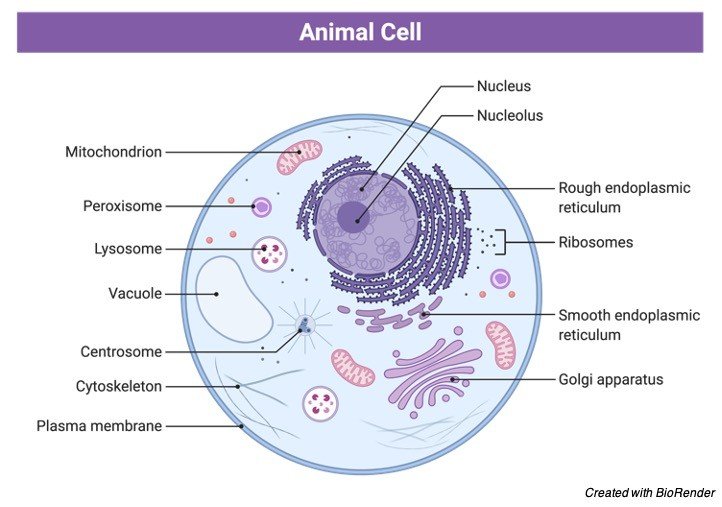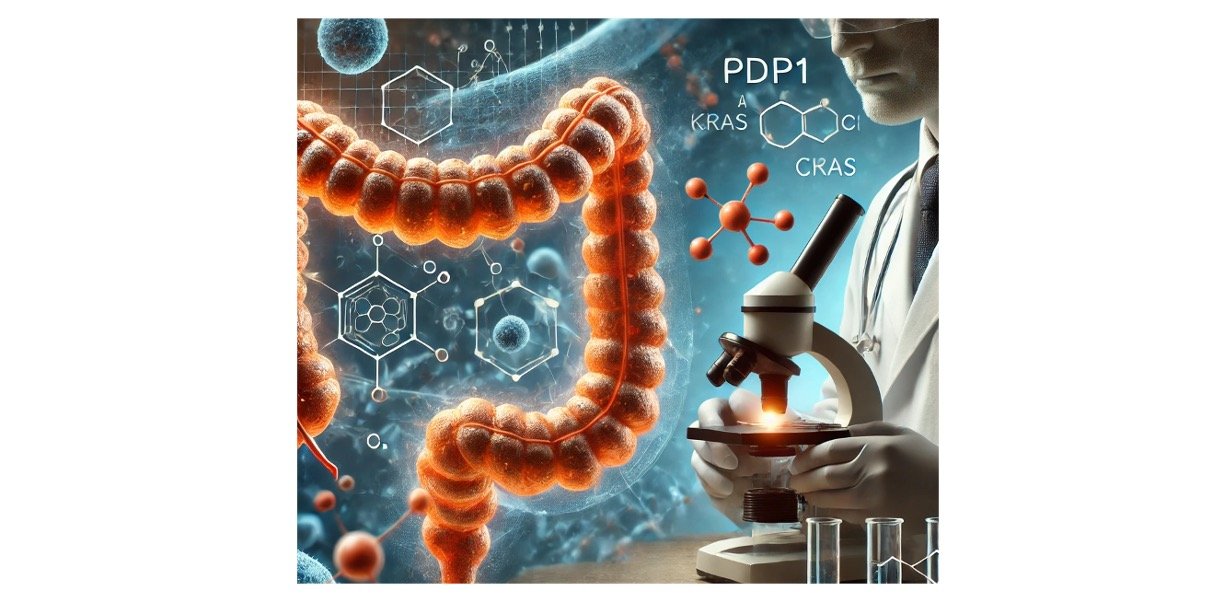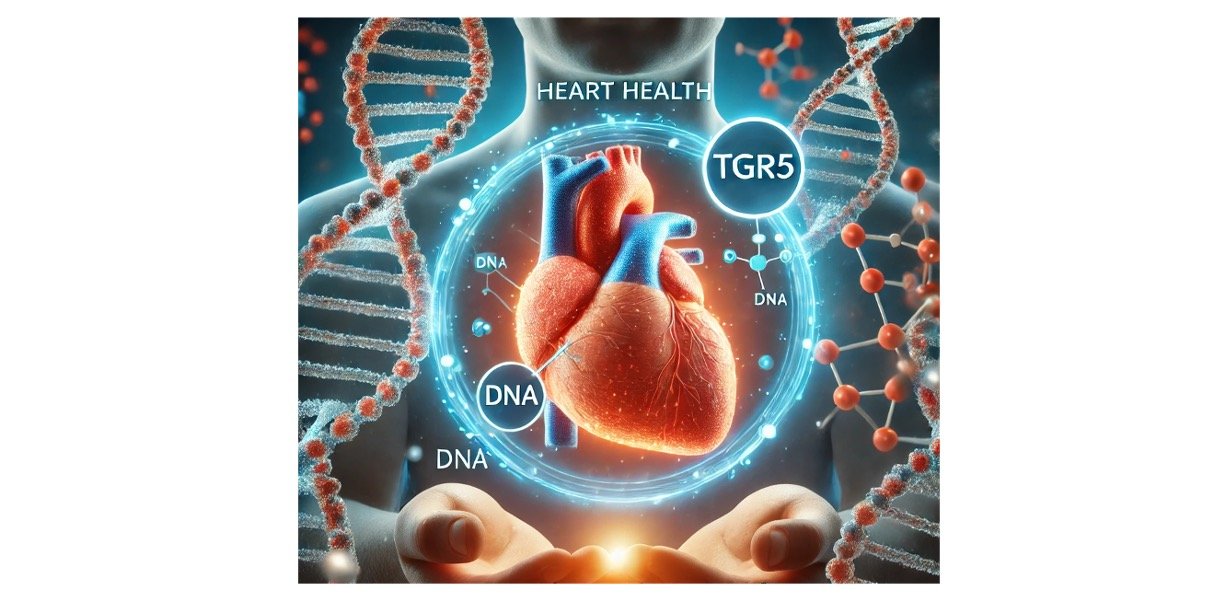Table of Contents
What is Animal Cell?
The cell is the structural and functional unit for all organisms. Based on the organisms, a cell is divided into two types named as Plant cell and animal cell. All the animals have a functional unit called a cell. It also acts as a basic unit for reproduction.
After the invention of the microscope, animal cells were first observed in the 17th century. The cell was first discovered by an English natural philosopher, Robert Hooke. A Dutch scientist named Anton van Leeuwenhoek observe these cells under the microscope and described bacterial cells and red blood cells of animals.
Animal Cell Definition
A basic structural and functional unit of all animals, animal tissues, and organs is called a cell. They are eukaryotic cells that consist of a well-defined nucleus and membrane-bound cytoplasmic organelle. Both animal cells and plant cells are eukaryotic structures but the plant cell differs in the presence of a cell wall. Apart from this, plastids, vacuoles are also absent in animal cells, and they cannot perform photosynthesis.
Animal Cell Structure
An animal cell is made up of some cellular organelles name as, cytoplasmic structures, cytosol, and cell membrane. The cytoplasmic organelles remain embedded in the cytoplasm and each of them has a distinct role in the proper functioning of the cell. The fluid-like substance inside the plasma membrane is called cytosol, which is the site for a wide variety of cellular processes, e.g. Cell division
Animal Cell Labelled Diagram

Cell Membrane
It is the outermost membrane of an animal cell. The cell membrane is made up of a lipid bilayer with embedded proteins and carbohydrates. It is selectively permeable which means it allows only selective substances to enter into the cell. Molecules with small molecular weight can easily cross the membrane whereas ionic and large molecules are transported with the help of transport proteins. The main function of the cell membrane is to provide structural integrity and support to the cell.
Nucleus
The nucleus is considered the most prominent cellular organelle. It is mainly located at the center of the cell and is composed of the nuclear membrane, nuclear bodies, nucleosol, and chromosomes. The nuclear membrane surrounds the nucleus and is also called the nuclear envelope that consists of nuclear pores. The genetic material is also found in the nucleus, therefore it regulates most of the cellular activities and is considered as the control center.
Endoplasmic Reticulum
The network of flattened sacs or tubules is called the endoplasmic reticulum. They are divided into two types, RER and SER. The rough endoplasmic reticulum has ribosomes studded in membrane whereas smooth endoplasmic membranes do not contain ribosomes. The endoplasmic reticulum has the main function of protein synthesis, lipid synthesis, and protein modification.
Golgi Apparatus
Golgi apparatus is a membrane-bound organelle comprised of stacks of cisternae. The main function of the Golgi apparatus is the packaging and secretion of biomolecules. Golgi apparatus is found in the cell in a collective form which is called Golgi complex.
Mitochondria
Mitochondria are called the “powerhouse of the cell”. It is also a double membrane-bound organelle. Mitochondria has its DNA which is called mtDNA. It involves ATP synthesis, glucose, and fat metabolism.
Lysosome
A single membrane-bound organelle that contains various digestive enzymes is called a lysosome. The main function of the lysosome is the digestion of intra and extracellular waste material.
Endosome
Endosomes are also called vesicles. They are single membrane-bound organelle that has the main function of transport.
Vacuole
Vacuoles are storage organs. They are only present in animal cells and absent in plant cells. The functions of vacuoles include osmoregulation, storage, and secretion.
Cytoskeleton
The skeletal frame or internal network present in the cell is called the cytoskeleton. There are three types of cytoskeleton named actin filaments, intermediate filaments, and microtubules. The cytoskeleton has the main function of controlling cell shape and cell movement. It also involves the formation of specialized structures like cilia and flagella in bacteria.
Types of Animal Cell
The animal cells are eukaryotic. Most animals are multicellular organisms that are made up of several cells. The animal cell is divided into different types.
Examples- skin cells, muscle cells, blood cells, nerve cells, sex cells, and stem cells.
The epithelial tissue or skin is made of skin cells. Tissue is a group of cells that perform a specific function. Blood cells are also categorized into red blood cells and white blood cells.
The nervous system in higher animals is made up of specific cells called nerve cells or neurons. Sex cells are involved in sexual reproduction.
Animal Cell Facts
• The cell can be divided during cell division and form a cleavage furrow.
• The animal cells need oxygen for the citric acid cycle and aerobic respiration.
• The red blood cells and do not have a nucleus.
• They also lack plastids and vacuoles.
Animal Cell Citations
Share












